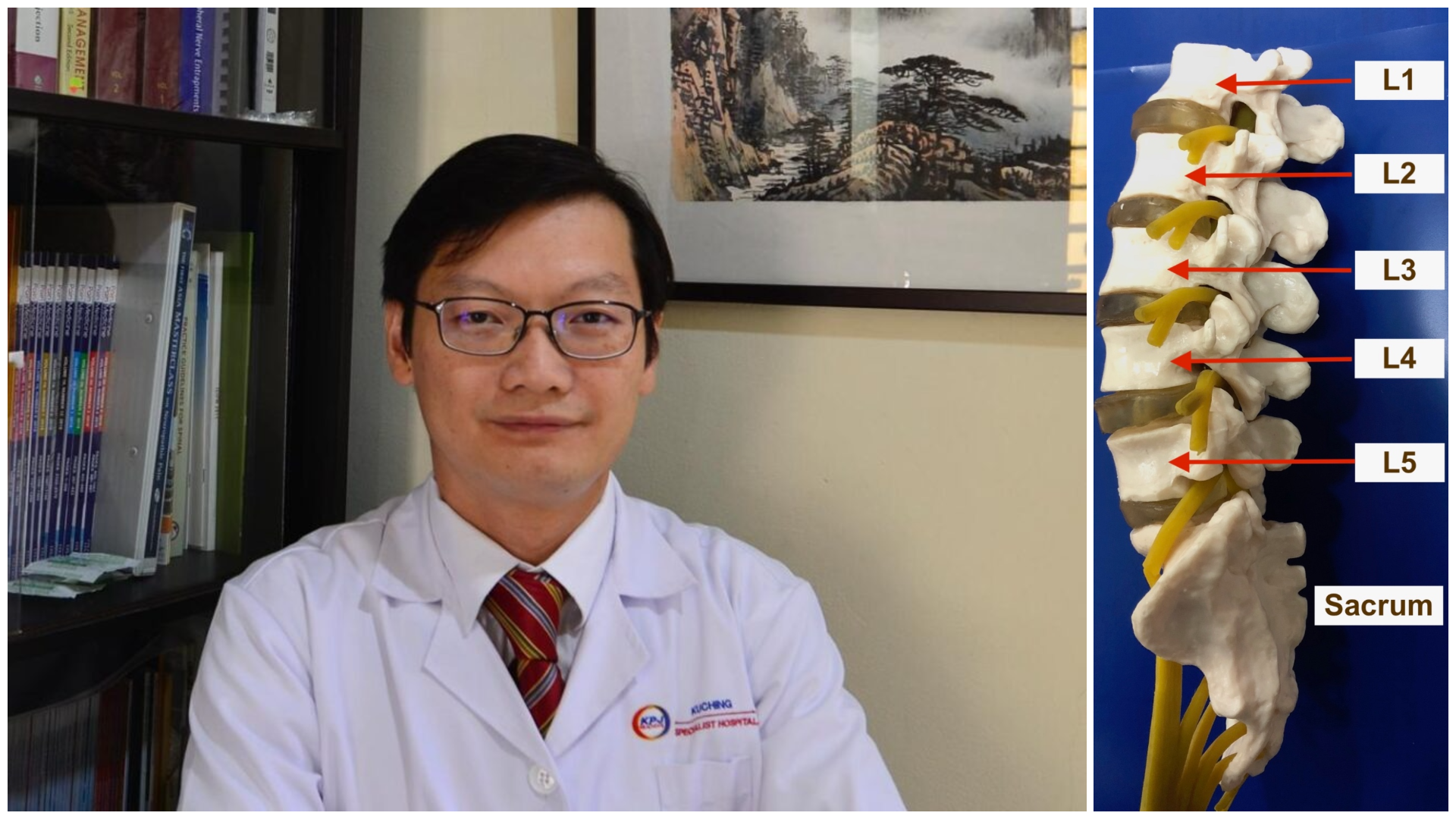KUCHING, 15 May 2025 — Low back pain has become an unavoidable part of life for many Malaysians. Whether you’re a young office worker or a senior citizen enjoying your golden years, the chances are high you’ve experienced that uncomfortable pull or stiffness in your lower back. In fact, studies show that 60% of the general population will experience low back pain at least once in their lifetime.
But there’s good news—Kuching now offers world-class, non-surgical pain treatment, thanks to the expertise of Dr. Chen Chee Kean, one of Malaysia’s top interventional pain physicians.
Understanding Low Back Pain: It’s More Than Just a Sore Back
Low back pain can result from sports injuries, work-related strain, aging, or even trauma. While some cases resolve on their own, chronic or recurring pain may need proper medical intervention. With advancements in modern medicine, up to 90% of low back pain causes can now be identified using physical assessment and medical imaging like MRI scans.
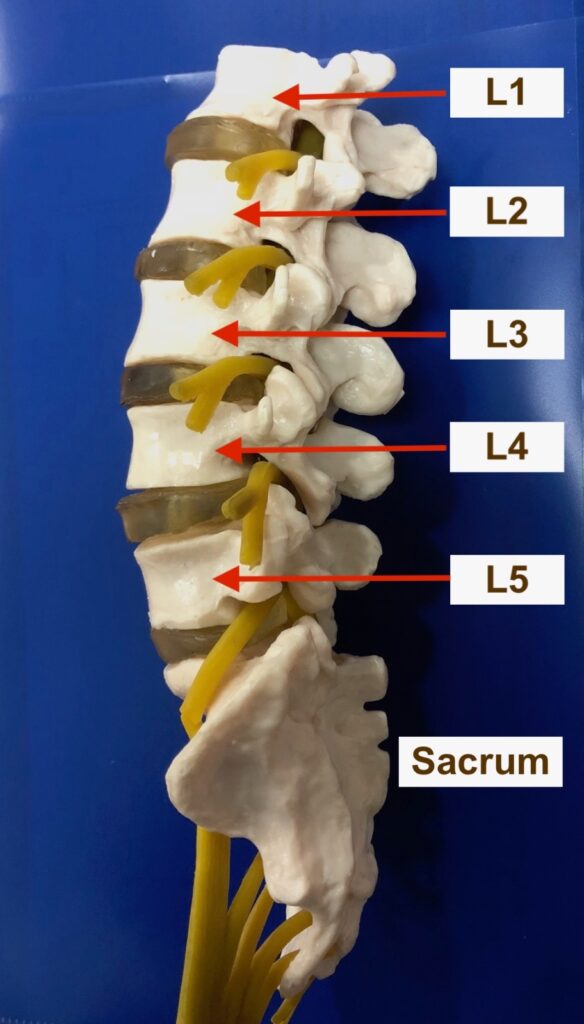
The human lower back—known medically as the lumbar spine—is made up of five vertebrae. These bones support the weight of our upper body and allow movement like bending and twisting. When one part of this system fails or becomes irritated, pain sets in.
Here are the most common causes of low back pain:
1. Lumbar Facet Joint Pain
Upper vertebrae is connected to lower vertebrae via a pain of facet joints. The lumbar facet joints are responsible for the lower back moving, such as bending our body forward, backward and sideways. Facet joint pain is perhaps the most frequent cause of low back pain. Patients usually complain of low back during when they are during the following activities: lie to sit, sit to stand, and turn their back sideways. It is often being described as “jammed” or “locked”. In MRI scan, painful facet usually showed facet joint effusion or hypertrophy. Most of the time, low back pain secondary to facet joint pain is self-limited within a week or two. However, when pain prolonged more than one week, a professional medical assessment is needed.
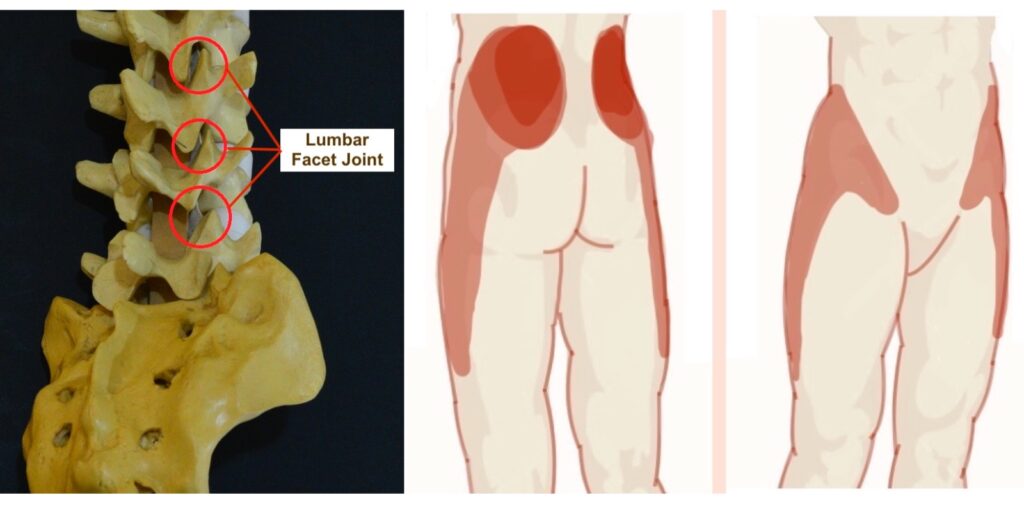
2. Lumbar Discogenic Pain
Each of the vertebrae is cushioned with a disc. The lumbar intervertebral disc functions as an absorber to the intense pressure bore by the vertebrae. Within inside the disc, there are fine nerve fibers which relay pain signal when the disc is injured. Patients with this condition will have difficulty sitting or standing for a longer period. They may experience low back pain when abdomen pressure is exerted on to the disc, during coughing or sneezing. The MRI usually have findings such as ‘annular tear’, mild disc herniation and black disc.
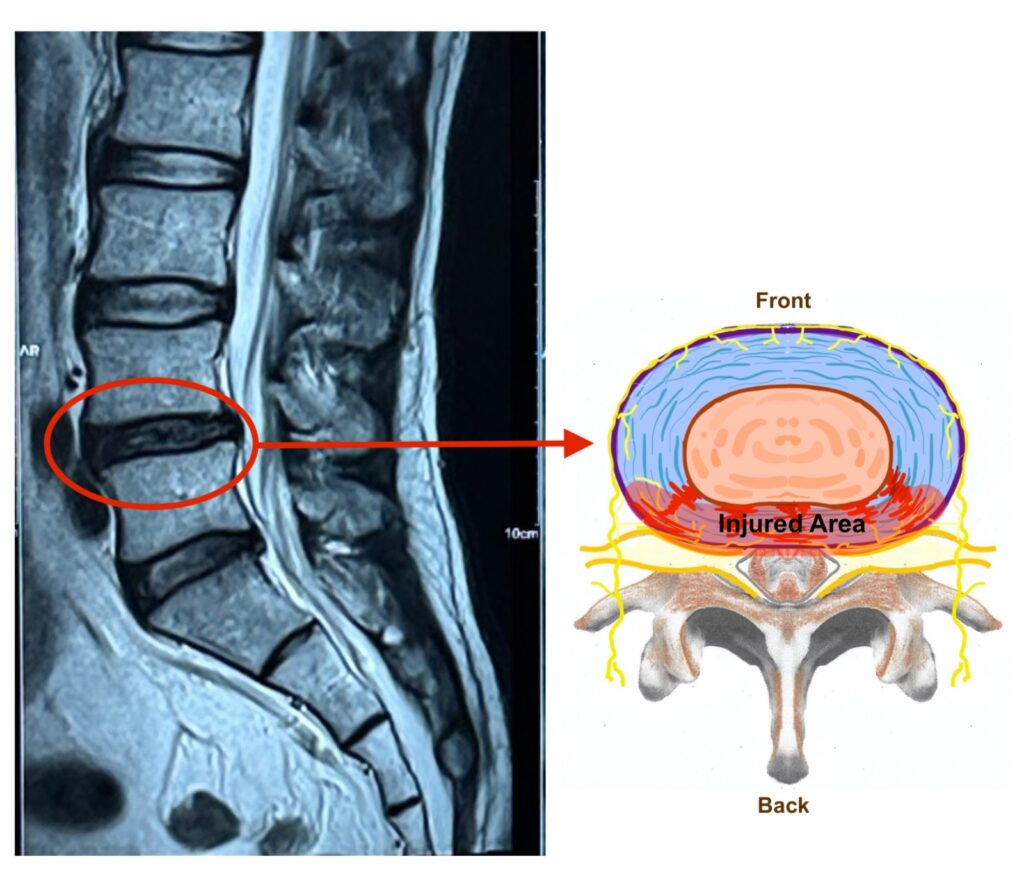
3. Lumbar Radicular Pain (Sciatica)
This condition also known as ‘sciatica’. When disc prolapse is significant severe enough, it may compress on the nerve root which exits from the vertebrae. Depending on the level of nerve roots which is compressed, the patient will fell pain transmit from low back, down to thigh, cuff, and foot. The pain usually is shooting or electric shock in nature. Sometimes, it may be associated with numbness and weakness of the lower limb, depending on the severity of the nerve compression. The MRI usually demonstrate significant slipped disc with compression, also known as foraminal stenosis.
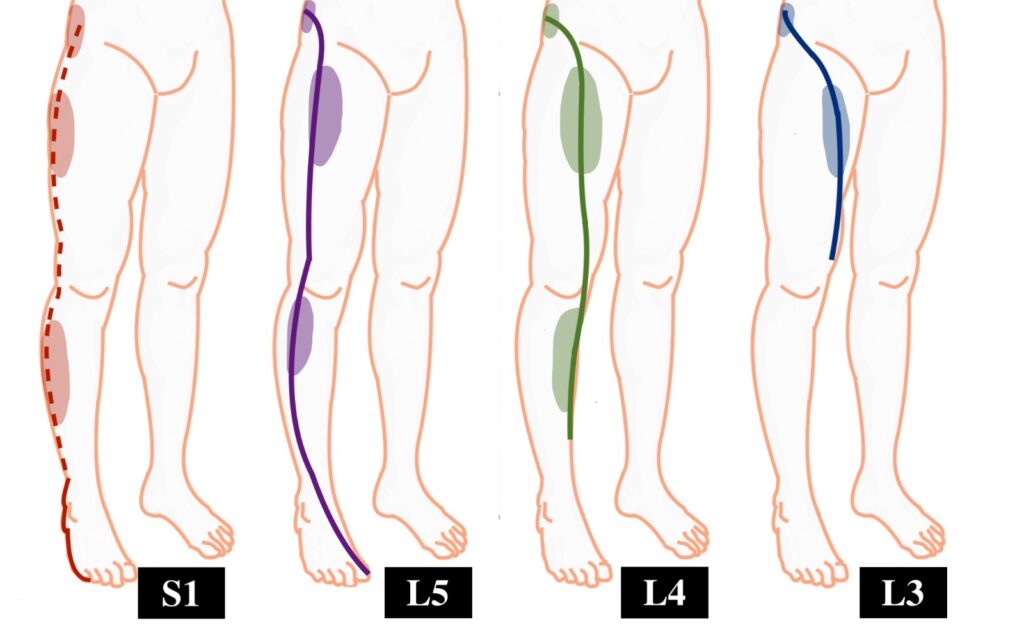
4. Muscle-Related Pain
Piriformis, quadratus lumborum and psoas muscle are a few muscles which commonly present as low back pain. In some instances, these muscle pain is often mistaken as more severe low back condition, such slipped disc. Low back pain secondary to muscle pain usually self-resolving after appropriate rest and physiotherapy such as stretching and strengthening exercise. If conservative management fails, trigger point injection at the muscle works very well to relieve the pain.

5. Sacroiliac (SI) Joint Pain
The pain usually felt around the buttock. It is more common among middle age female. The risk factors for developing this condition includes pregnancy, normal delivery, leg length discrepancy, previous trauma, previous spine surgery and aging process. Patient usually having difficulty in sitting long. As X-ray and MRI scan usually not helpful in the diagnosis, an injection of local anesthetics usually confirm the diagnosis of SI joint pain.
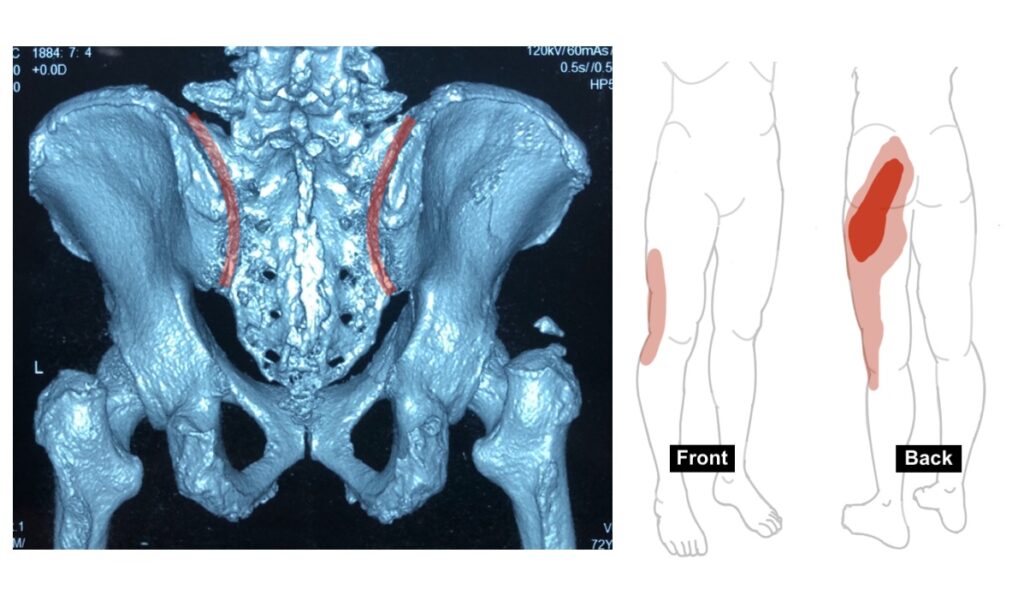
Other Serious Causes
Some cases of low back pain may be linked to infections, fractures, cancer, or kidney stones—conditions that require urgent medical attention.
Meet Dr. Chen Chee Kean: Malaysia’s Pain Relief Pioneer
When it comes to tackling chronic pain without surgery, Dr. Chen Chee Kean is a name you can trust. With over two decades of medical experience, Dr. Chen is now treating patients at Kuching Specialist Hospital, offering a wide range of modern, non-invasive solutions.
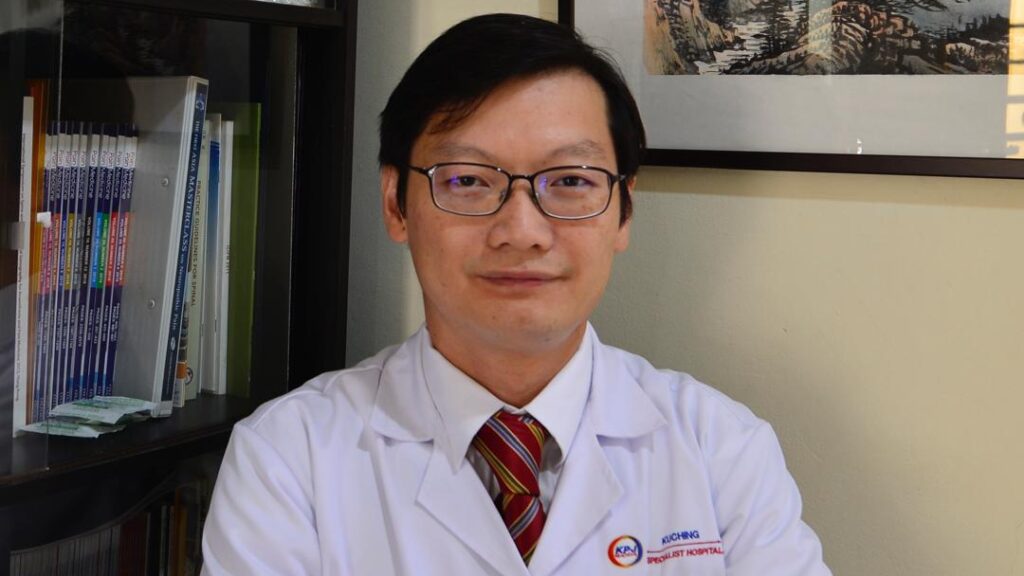
A graduate of UNIMAS (MD, 2002) and Universiti Sains Malaysia (Master in Anaesthesiology, 2010), Dr. Chen went on to receive international subspecialty training in the USA, India, Singapore, and Europe. In 2012, he became one of the earliest Malaysians to earn the prestigious Fellowship in Interventional Pain Practice (FIPP) from the World Institute of Pain, USA.
Dr. Chen currently serves as President-Elect of the Malaysian Society of Interventional Pain Practitioners (MSIPP) and is widely respected in the medical community, with over 20 scientific publications and frequent speaking engagements around the world.
Pain-Free Living is Possible—Right Here in Sarawak
Dr. Chen’s work proves that Malaysians don’t have to live with chronic pain or depend on long-term medications and invasive surgery. His clinic in Kuching is now a go-to destination for patients looking for fast, effective, and minimally invasive pain relief.
If you or your loved one has been suffering from persistent low back pain, it’s time to consider an expert diagnosis and modern treatment plan.
Say goodbye to pain—and hello to a better quality of life.







